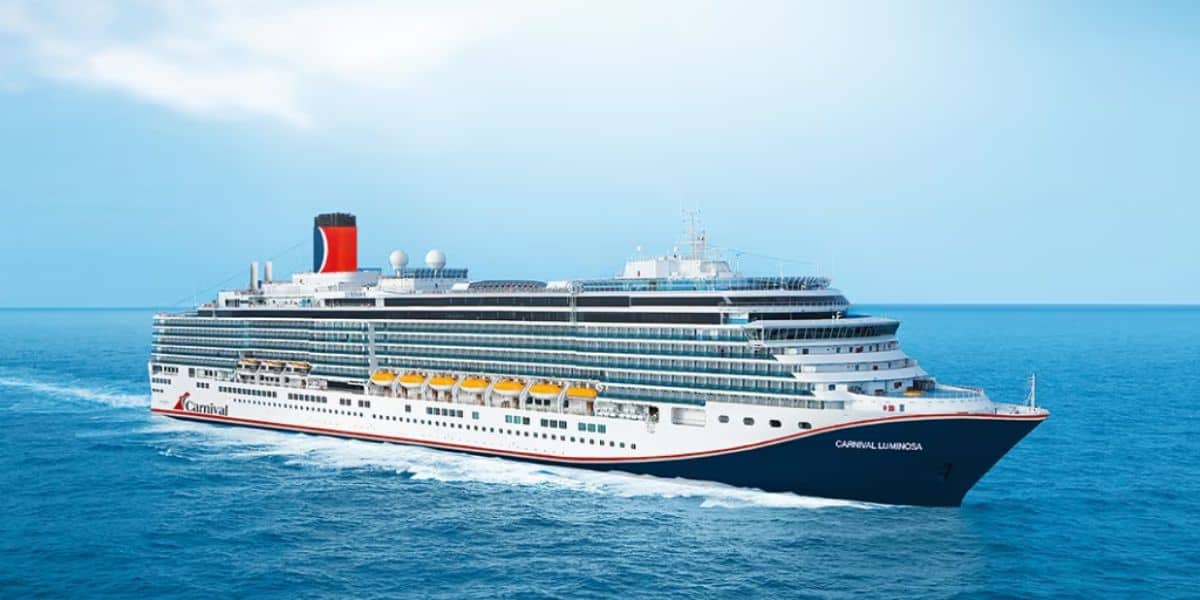Trump’s Regulatory Reductions Create Turmoil for Cruise Sanitation Inspections
Impacts of Trump’s Cuts on Cruise Safety
The Trump administration’s recent cuts to the Centers for Disease Control and Prevention (CDC) have raised alarms regarding cruise safety. The CDC, which plays a crucial role in maintaining sanitation standards on cruise ships, has faced significant layoffs within its Vessel Sanitation Program.

These cuts have resulted in a dramatic reduction of personnel responsible for inspecting ships, monitoring sanitation practices, and managing outbreaks of gastrointestinal illnesses onboard.
This sudden staff reduction comes as America sees an unprecedented number of passengers boarding cruises. With the CDC reporting a notable increase in cruises embarking from Florida, concerns have been voiced over the immediate impacts these layoffs may have on public health measures. The loss of skilled inspectors undermines the monitoring effectiveness, resulting in higher risks for outbreaks of illnesses like norovirus.
Rising Popularity of Cruise Vacations
As the cruise industry rebounds, a record 19 million Americans have opted for cruises in 2025, a 4.5% increase from 2024. Many families are increasingly favoring the cruise experience over traditional land-based vacations. Unlike standard holiday packages, cruises allow travelers to visit multiple destinations while enjoying onboard amenities, drawing tourists looking for diverse experiences within a single trip.

This surge in popularity becomes particularly troubling given cuts to vital health inspections. Overall, the combination of attractive cruise offers and the appeal of seeing multiple destinations has led to increased engagement in this mode of travel, raising questions about safety amid a growing participant base.
Public Health Concerns Amidst Cruise Boom
Recent incidents aboard cruise ships have ignited heightened concern among health experts. This includes a notable outbreak of norovirus, where 35 out of 800 passengers fell ill aboard one vessel docking in Miami. The CDC’s role in tracking and responding to such outbreaks becomes critical as millions of Americans embark on these voyages, yet the agency’s capability has been severely compromised.

Experts warn that the cuts may elevate the transmission risk for various infectious diseases across cruise passengers. The current statistics indicate a worrying trend; in the first quarter of 2025 alone, the CDC tracked 12 ships with reported gastrointestinal outbreaks. As noted by Amy Lockwood, Verily’s Public Health Partnerships Lead, the uptick in cases could signal a more significant problem if preventative measures and monitoring are not scaled up in the wake of personnel cuts.
Future of Cruise Sanitation Regulations
Given the current circumstances, the regulatory landscape for cruise sanitation may face crucial long-term ramifications. Reducing inspection programs threatens to compromise the safety protocols that had been established to protect the health of cruise passengers. Industry stakeholders and health officials advocate for reinstating robust inspection mechanisms to restore essential oversight.

The current scenario necessitates a delicate balance between promoting tourism and ensuring public health safety. The cruise line industry, reliant on high passenger volumes to recover from pandemic setbacks, must find ways to address safety concerns head-on. Reinforced regulations and sustained public health monitoring will be essential in safeguarding travelers while accommodating the cruise tourism boom.
The cuts implemented during Trump’s administration have opened up a complex discussion about the intertwining paths of public health and tourism. As cruise numbers surge, understanding the potential health risks and advocating for effective sanitary regulations will ensure safe cruising experiences for all passengers.





